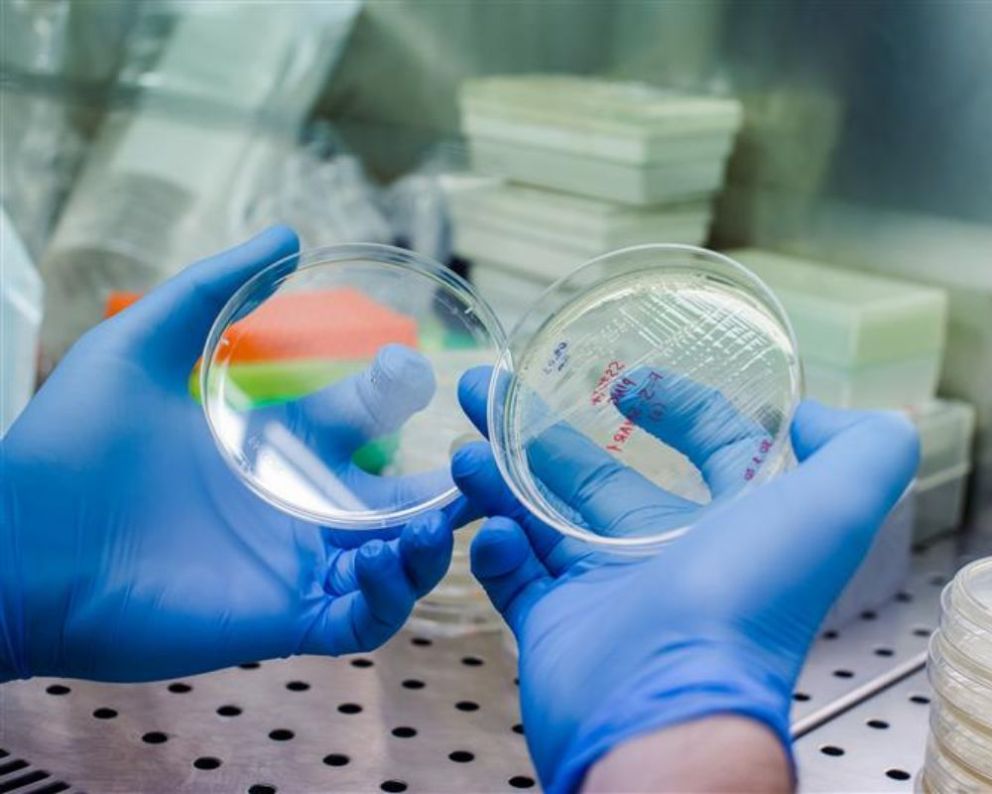Three UniSR projects among the winners of the Multi-round Telethon call for rare genetic diseases

More than 2.8 million euros awarded in Lombardy and over 6 million euros in Italy for research on rare genetic diseases, thanks to donations from citizens
There are 17 winning projects in Lombardy for the fourth round of the Telethon Foundation's Multi-round call which awards more than 2.8 million euros in the Region and 6.35 million euros in Italy, raised thanks to donations from citizens, who will finance research on rare genetic diseases.
The Multi-round call was launched in 2021 to allow researchers, who wish to apply for funding, to be able to present their projects on four occasions over three years, possibly revising and resubmitting them in light of the comments of the commission of experts in case of negative evaluation.
Thanks to this latest assignment, over 3,000 projects have been financed by the Foundation since its inception. The evaluation of projects takes place through the peer review method on the model of the main international research funding agencies, such as the US National Institutes of Health (NIH). The projects are evaluated by international or Italian experts working abroad who have no conflicts of interest with respect to the project to be evaluated. On the occasion of each call, the external auditors who support the CMS can be identified either in the Telethon Foundation database, which currently numbers around 9,000, or involved ex novo.
UniSR projects financed by the call
Chiara Zucchelli, with her group, will tackle genetic prion diseases, rare and lethal neurodegenerative diseases that progress rapidly due to the transformation of the normal prion protein (PrPC), present in neurons, into a harmful form (PrPSc). There are currently no approved treatments. The project is based on the previous discovery of a molecule, Zn(II)-BnPyP, which can fight prion diseases through a double action: blocking the formation of PrPSc and decreasing PrPC levels. At the moment, however, the effectiveness of Zn(II)-BnPyP is limited by its difficulty in entering the brain in adequate quantities. Using advanced techniques such as NMR spectroscopy and computational calculations, the project will provide insights into how Zn(II)-BnPyP recognizes and interacts with PrPC. Different versions of Zn(II)-BnPyP will be analyzed to identify the metals and chemical groups best suited to optimize binding to PrPC and obtain strong anti-prion activity. By studying in detail how Zn(II)-BnPyP works at the molecular level, this project could lead to the development of new molecules with a more potent mechanism of action than the anti-prion molecules studied so far.
Alessandra Bragonzi will study, with her group, cystic fibrosis, a serious genetic disease caused by alterations in the CFTR gene, which codes for a protein involved in the regulation of the secretions of numerous organs. In affected people, secretions are thicker than normal, with particularly harmful effects on the respiratory and digestive systems. In the lungs, mucus tends to stagnate, creating an environment favorable to the development of bacterial infections and chronic inflammation. Currently, it is not entirely clear how a lung infection develops and progresses which, once it becomes chronic, does not regress even with the use of therapies aimed at restoring the functionality of the CFTR protein. New knowledge is needed to understand the disease in a multi-organ perspective, in order to develop new diagnostic and therapeutic approaches calibrated to what cystic fibrosis is today. This project stands out for adopting an innovative approach, exploring the interaction between the lung and other organs and their role in disease progression. We will use a new animal model of cystic fibrosis to delve deeper into the mechanisms of interaction between the intestine and the lung, analyzing the correlation between microbiology (study of microorganisms), intestinal immunology and lung damage. The results obtained from this study may contribute to the development of new diagnostic protocols and new therapeutic strategies for cystic fibrosis.
The group led by Raniero Chimienti will study Wolfram syndrome (WS1), a rare genetic disease caused by the mutation of the WFS1 gene, responsible for the production of the wolframin protein, present in most human tissues, where it plays a fundamental role in maintaining many cellular functions involving some intracellular organelles. There are over 200 variants of the WFS1 gene, responsible for the complete loss of the protein or the production of a structurally and functionally altered version. The malfunction of wolframin causes the alteration of several cellular processes, including a systemic and tissue inflammatory state, and an imbalance of the cells of the immune system. Although wolframin is also expressed by cells of the immune system, its role in inflammation and immune responses has not yet been widely studied. The project aims to deepen the knowledge of the immune system of patients with Wolfram syndrome by studying the inflammatory state and the alterations of the gene and protein structure of the cellular components. The results obtained will allow to associate the observed characteristics to the specific mutation of the patient. Given the heterogeneity of the disease at the clinical and genetic level, it is expected to identify different immunological profiles; therefore, the patients will be stratified on the basis of common characteristics to characterize the molecular mechanisms underlying the alterations. A mouse model in which the immune system of the patients will be reproduced will allow to verify in vivo the observed alterations, confirming their potential to become a target for future new therapeutic approaches.
You might be interested in

The microbiome as an ally against myeloma

Intrecci: a UniSR project for more inclusive and accessible cancer diagnosis

A New Approach to Enhance Immunotherapy in Multiple Myeloma
/resolutions/res-c660x528/Pensa_Aorta_Congresso_UniSR-(3).png)
